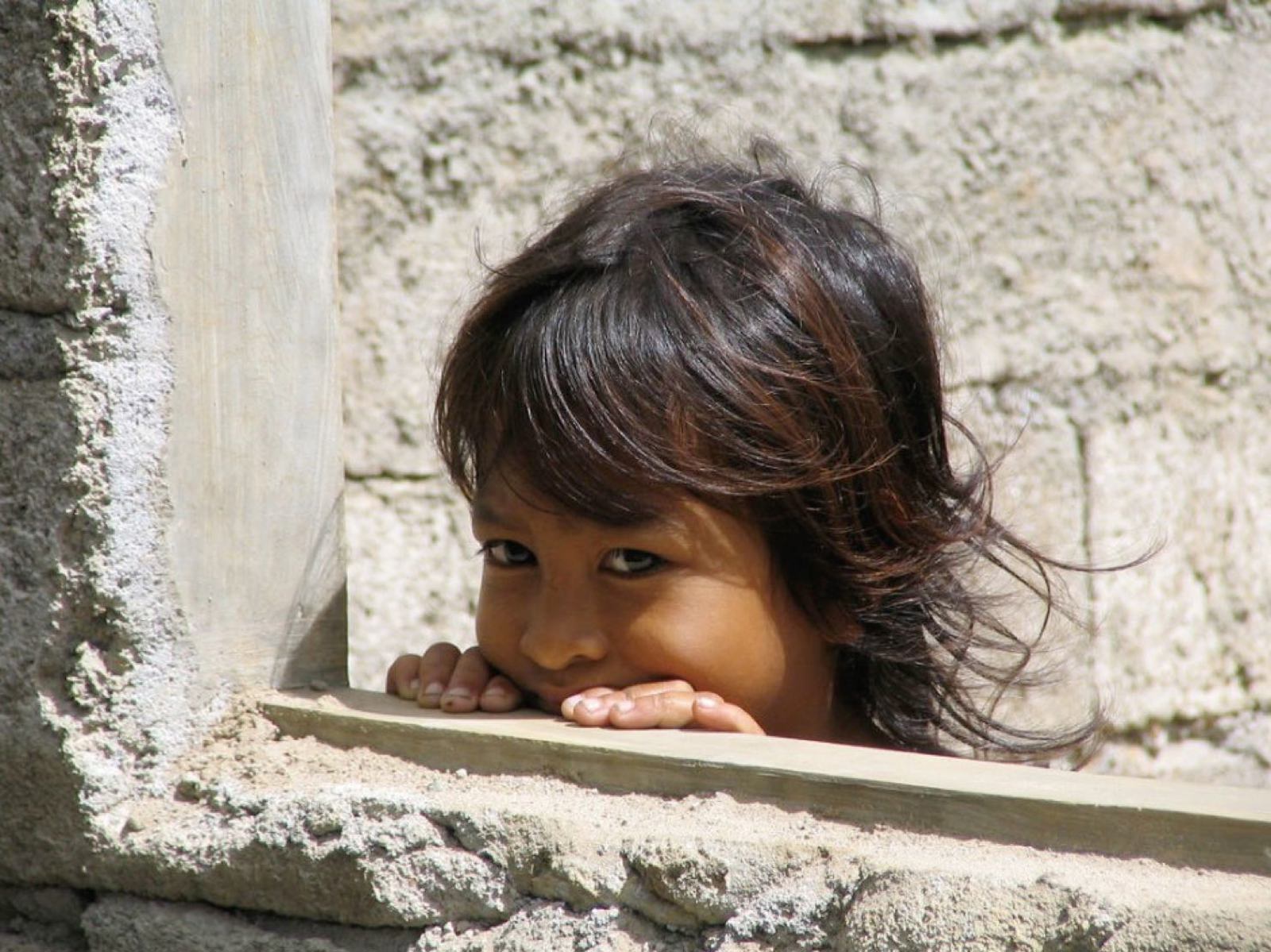All applications are assessed by Wereldkinderen. Wereldkinderen prioritizes the specific needs and rights of children.
In order to be able to adopt a child from the Philippines, you have to meet the following conditions:
)
UPDATE: Wereldkinderen no longer accepts new applications for the Philippines. Wereldkinderen sent the last file in 2022, as there are still enough prospective adoptive parents on their waiting list and more children can now be adopted within the Philippines. Wereldkinderen does not expect to be able to send new files to the Philippines in the future.
Do you consider adopting a child from the Philippines? You can read more about this on this page. The interest of the child is always the most important factor, you can read more about this at our basic principles.
Wereldkinderen has been a mediator for the Philippines for more than 40 years now. In the past four years 55 children from the Philippines found a home in the Netherlands via Wereldkinderen.
Background
The children that qualify for foreign adoption vary in age between 1.5 up to 6 years old. The children basically all have a severely burdened history of origin. Some children are abandoned children. The children basically all have skin problems and/or bronchial tubes problems. The children are taken to a children’s shelter or foster family fairly soon after they are born and they are lovingly taken care of in these shelters and foster families.
All applications are assessed by Wereldkinderen. Wereldkinderen prioritizes the specific needs and rights of children.
In order to be able to adopt a child from the Philippines, you have to meet the following conditions:
The Department of Social Welfare and Development (DSWD) on the Philippines decides whether a child is being stated to be suitable for adoption. This department can be compared to the Dutch Child Welfare Council. This department checks the rights of the child and it inquires whether the child can be placed back to its biological family. If not, then the DSWD will search for a family on the Philippines. If they cannot find a Philippine family to look after the child, then the DSWD sends the file of the child to the Intercountry Adoption Board, the ICAB. Here all files are registers from foreign couples that would like to adopt a child from the Philippines. Here also a possible matching takes place.
Wereldkinderen cooperates with the Kaisahang Buhay Foundation (the KBF). This organisation guides adoptive families that stay on the Philippines. They also make sure that all official documents of the adopted child are taken care of and they represent Dutch couples during the matching meetings.
The children stay in a children’s shelter or foster family until the moment of adoption. These children’s shelters and foster homes are spread all over the Philippines. There are in total 55 organisations that take care of children, amongst which the government controlled children’s shelters (of the DSWD) and private shelters. The children’s shelters vary in size and what they have to offer. Most children’s shelters are situated in the surroundings of Manila.
After the intake you make sure that the documents and the paperwork for the adoption procedure in the Philippines is taken care of. After that, these documents are submitted at the ICAB in Manila in order to be approved of. This will take about three months. The match that is made by the Board of the ICAB in the Philippines, will happen at a later date. The average waiting-period up to the proposal is three years (calculated from the moment that the documents are send to the Philippines). About three up to six months after the proposal, you can go to the Philippines to go and get your child. In this period the conversation about the departure will take place. The KBF takes care of everything related to the adoption of your child and it will provide guidance for you during your stay in Manilla. You will stay on the Philippines for about three weeks.
The children from the Philippines travel to the Netherlands with a Philippine passport. When you have arrived back in the Netherlands you will be informed on the follow-up obligations. The final granting of the adoption by the Philippine authorities will take place after three times a report has been made about the adaption and development of the child in your family. After that, adoption can take place in accordance with Dutch law.


